In Brief
Conservation Value:
The Los Amigos Conservation Concession (LACC) protects a trackless wilderness of diverse old-growth Amazonian forest from the threats of illegal logging, road development and gold mining. It indirectly protects an additional million hectares, including a reserve for uncontacted indigenous people and the flank of Manu National Park. There are over 4,300 recorded species for LACC, at least twelve globally threatened species and abundant Amazonian fauna, including giant otters, harpy eagles, spider monkeys, and jaguars.
By supporting the Los Amigos Conservation Concession, ICFC is helping to protect not only an amazing large tract of intact Amazonian rainforest, but a key area to complete a mosaic of protected areas, the first of its kind, and a model for the new ones to come.
— Enrique Ortiz, co-founder of Amazon Conservation
Threats:
When Los Amigos was created, hundreds of illegal loggers and two illegal trading posts had recently entered the area -- a situation that was soon rectified. Now, illegal logging occurs sporadically and illegal goldmining has grown as a threat,
Actions & Results:
In 2011, ICFC established a trust fund to endow salaries for LACC concession guards (Promotores de Conservación), who carry out patrols to keep out illegal activities from the reserve, conduct biological monitoring, and provide support for researchers and visitors. In 2019, illegal logging camps and small logging roads were detected within LACC using high resolution satellite imagery. Conservación Amazónica’s (ACCA) strategy of combining state-of-the-art technology with frequent ground patrols has continued to yield positive results, with zero illegal logging incidents reported within the concession over the last couple of years. In 2024, Promotores carried out 227 patrols (69 fluvial, 13 terrestrial, and 145 mixed), supported by drone overflights. In addition, 34 high-resolution satellite (SkySat) images were analyzed by Conservación Amazónica (ACCA) GIS specialists and 40% of the concession's critical areas were carefully monitored by remote sensing. During the patrols, no new evidence of illegal activity was found within the concession. However, a new illegal logging front was identified north of LACC in an abandoned forest concession. During the year, two Promotores appeared as witnesses before the judiciary in connection with an illegal logging complaint filed with the Specialized Prosecutor's Office for Environmental Matters (FEMA), in May 2021. Their testimony was valuable and led to the conviction of two illegal loggers. ACCA continues to watch for any evidence of PIACI (Indigenous Peoples in Voluntary Isolation and/or Initial Contact) within LACC (to protect both PIACI and ACCA staff), and to gather all available information about them to better understand their behaviour and reasons for their movement within the concession—including the possibility that illegal activities in the Madre de Dios Territorial Reserve are forcing them to move into LACC.
Drag slider to compare 35 years of forest cover loss:
Goal:
To provide permanent protection of the Los Amigos Conservation Concession
Support this projectLocation:
Madre de Dios region of southeastern Peru
Size of Area Involved:
146,000 ha (1,460 km2)
Project Field Partner:
Amazon Conservation and Conservación Amazónica - ACCA
Our Investment to Date:
Cost (2012-2024): CA$1,251,902
Our LACC trust fund was valued at CA$1,928,345 on Dec. 31, 2024. Our goal is to increase this to CA$2.5 million
Gallery
Click to enlarge an image
In More Depth...
Our partners for this project are the organizations responsible for the Los Amigos conservation concession, the U.S.-based Amazon Conservation (AC) and its Peruvian sister organization, Asociación para la Conservación de la Cuenca Amazónica (ACCA).

Los Amigos Conservation Concession
In 2001, AC and ACCA established Peru's first private conservation concession by agreement with the national government. It lies at the mouth of the Los Amigos River in southeastern Peru, protecting the watershed of the river and over 146,000 hectares of diverse old-growth Amazonian forest against illegal logging, road development and gold mining. Strategically located at the mouth of the river, the Los Amigos Conservation Concession (LACC) indirectly protects an additional million hectares of state lands including Manu National Park and the large Territorial Reserve for Indigenous People in Voluntary Isolation. In addition, LACC provides substantial benefit in relation to climate change mitigation by preventing deforestation and associated carbon emissions.
Limited accessibility has been advantageous to conservation, and the remote upper watershed remains a trackless wilderness almost devoid of human influence. There are over 4,300 recorded species, at least twelve globally threatened species and abundant Amazonian fauna, including giant otters, harpy eagles, spider monkeys, and jaguars.
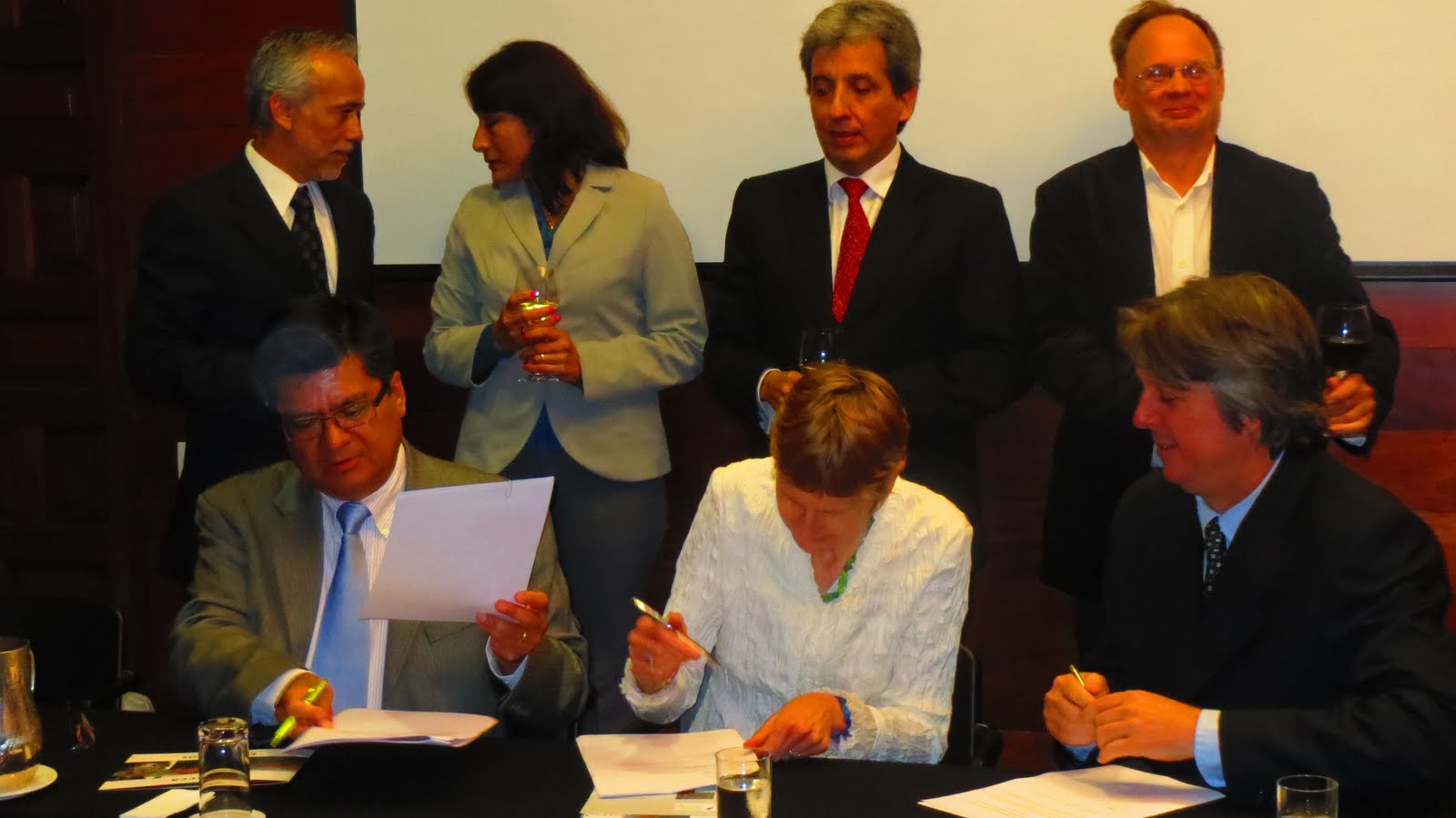 |
A signing ceremony for ICFC's trust fund for Los Amigos Conservacion Concession was held in Lima in 2012 and was attended by government ministers, the media and a "who's who of conservation in Peru". |
Since 2002, a surveillance and patrol program has been in place. Patrols and surveillance are conducted by foot, motorcycle, boat, and camera traps. Signage is used to deter illegal incursions. When patrols began, ACCA estimated that several hundred illegal loggers operated in the Los Amigos watershed, and two illegal trading posts were active within the concession. By July 2003, overflights indicated that illegal logging activity had ceased entirely inside LACC, with half a dozen logging camps still operating in the upper Los Amigos. One year later, the last loggers had left the watershed
Conservation Concessions
Over forty percent of the Peruvian Amazon is owned by the state, as is typical in other parts of the Amazon Basin, making public land management a critical conservation need. A conservation concession is an innovative instrument that allows non-governmental bodies to manage public land for biodiversity conservation, recognizing that civil society in many cases has greater capacity for protected area management than the government itself.
A conservation concession is governed by the same strong contract laws applicable to other private sector contractual relations with the government, such as telecommunications, mining, and transport. This has certain advantages over national parks, which may be created or eliminated by executive decree.
All conservation concessions require a rigorous management plan that undergoes a performance review by the government every five years, including field inspections.
Since the development of the Los Amigos Conservation Concession, the model has now been replicated elsewhere in Peru and in a dozen other countries as far away as China.
Threats
Illegal goldmining and logging are chief threats. Illegal goldmining has become a destructive scourge in the area in which LACC is located.
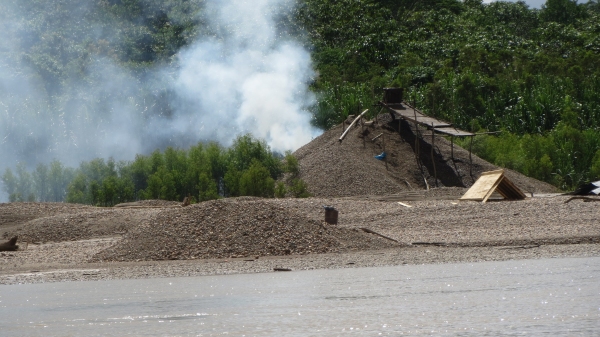 |
 |
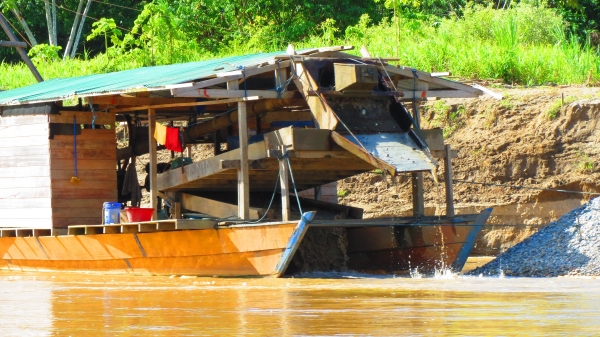 |
The LACC trust fund is the main source of funding for LACC. It supports the activities of "Promotores" (concession guards), who patrol the land and monitor its biodiversity and local weather. Promotores also provide support to field courses and some field research.
To date, there have only been sporadic logging incursions (which were promptly notified to government authorities), with no establishment of new logging operations. As a result, vertebrate populations in LACC have rebounded, with a significant increase in reptile and primate sightings. In addition, in June 2014 the Promotores found signs of uncontacted indigenous peoples within LACC, and since then ACCA have been proactive in taking necessary measures to ensure the safety of Promotores, ACCA staff and researchers as well as that of the uncontacted indigenous peoples.
More recently, the Promotores have received training in remote monitoring technologies as well as handling encounters with uncontacted indigenous peoples.
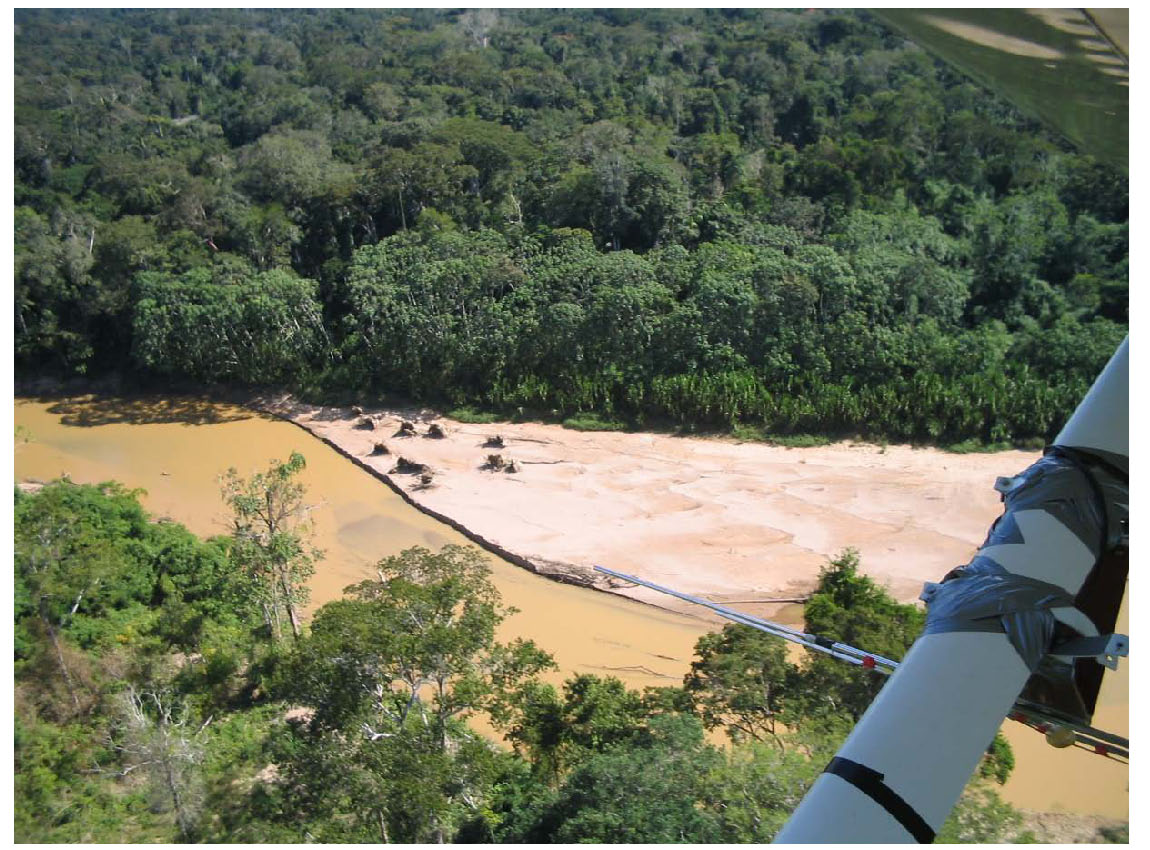
International Conservation Fund of Canada Copyright © 2009-2025
Registered Canadian charity # 85247 8189 RR0001

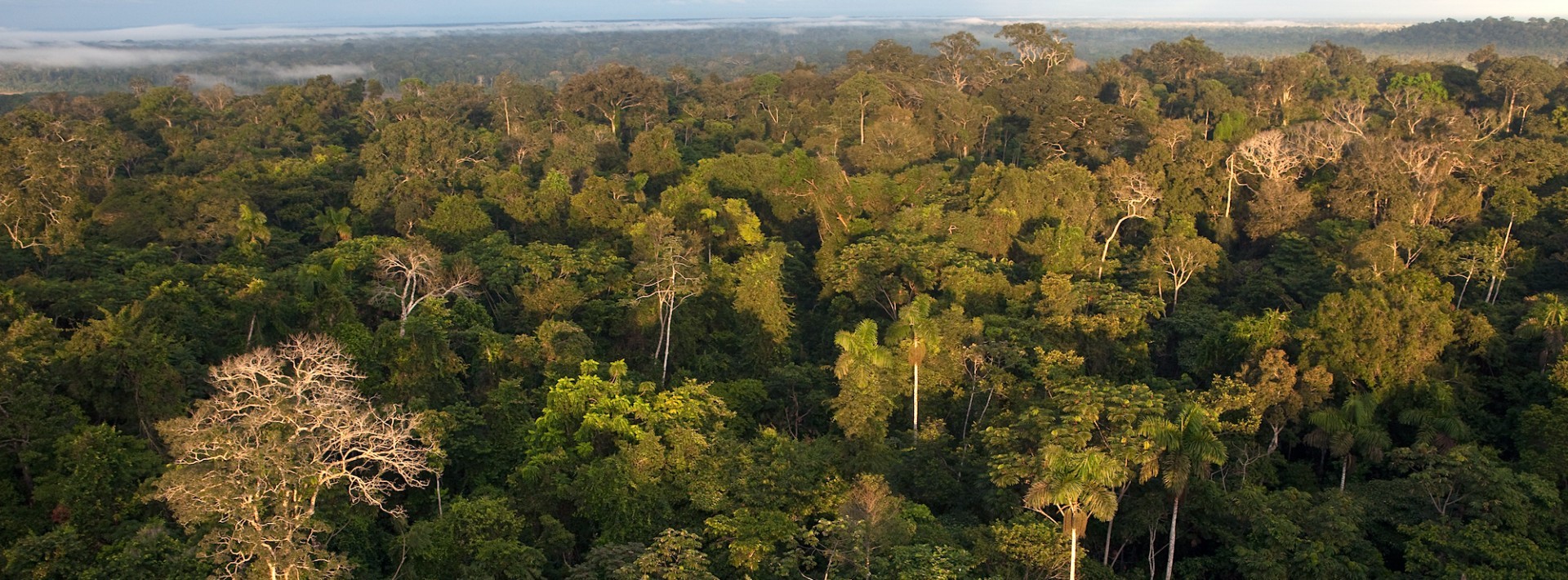

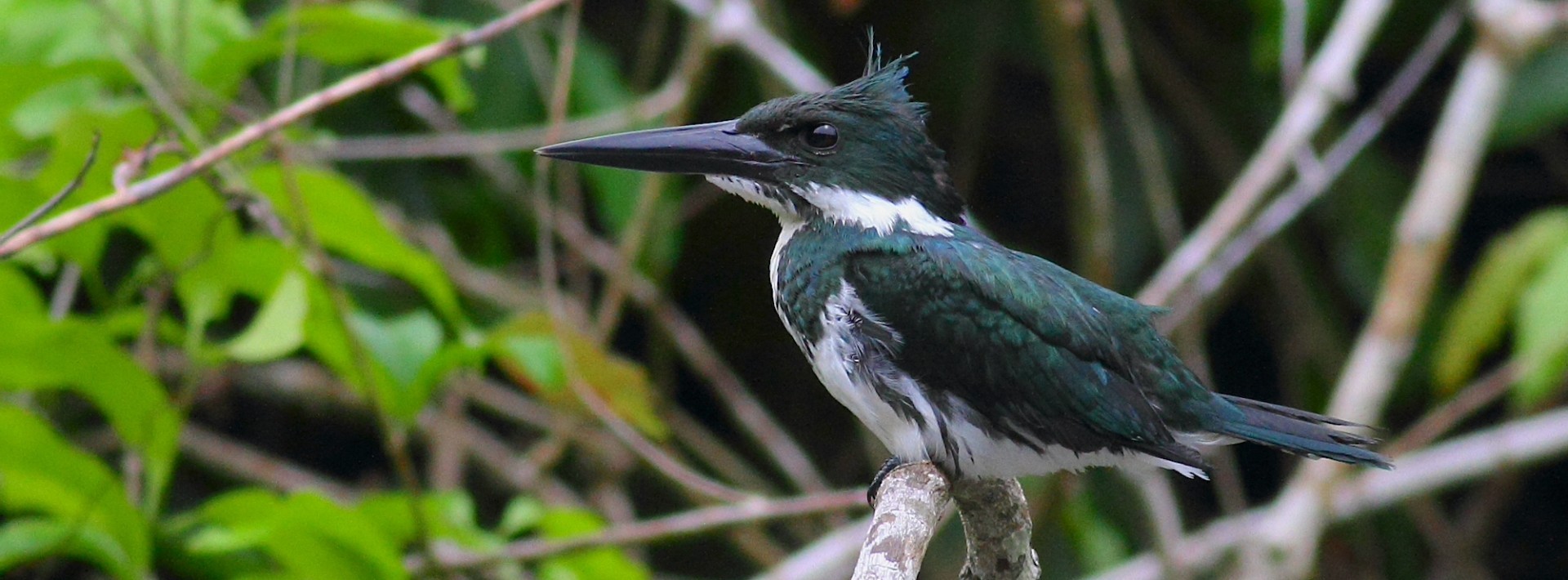
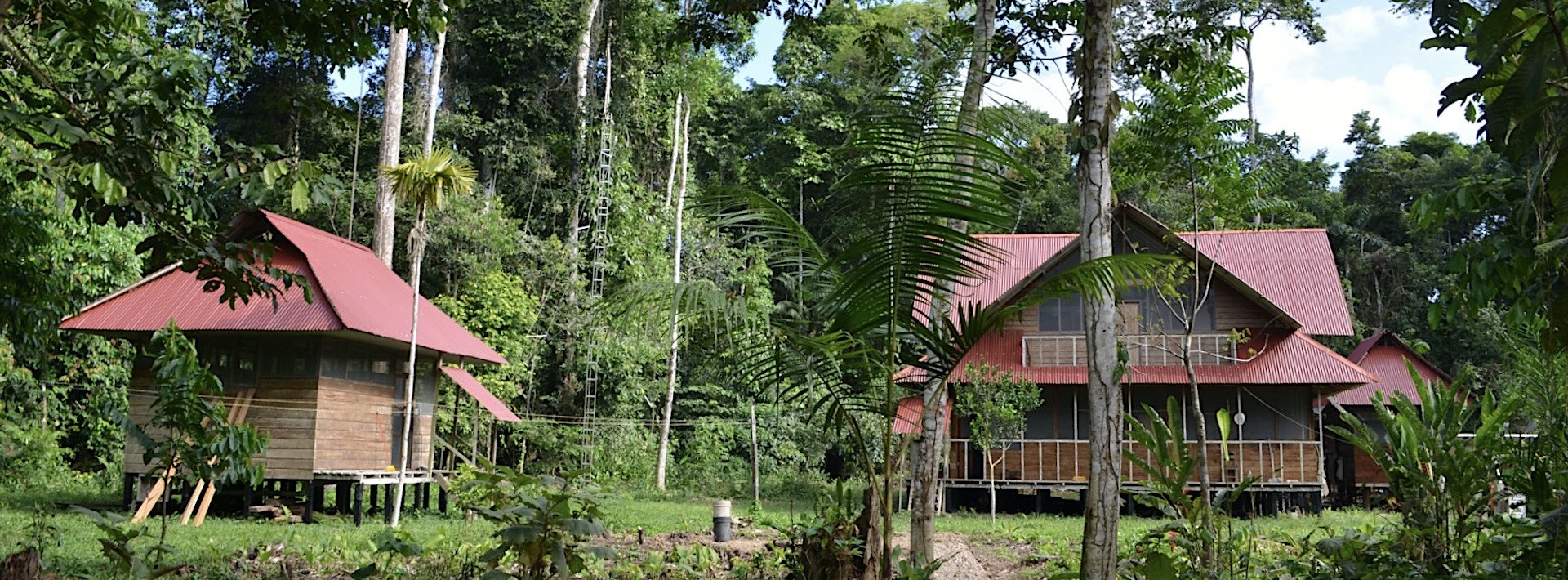
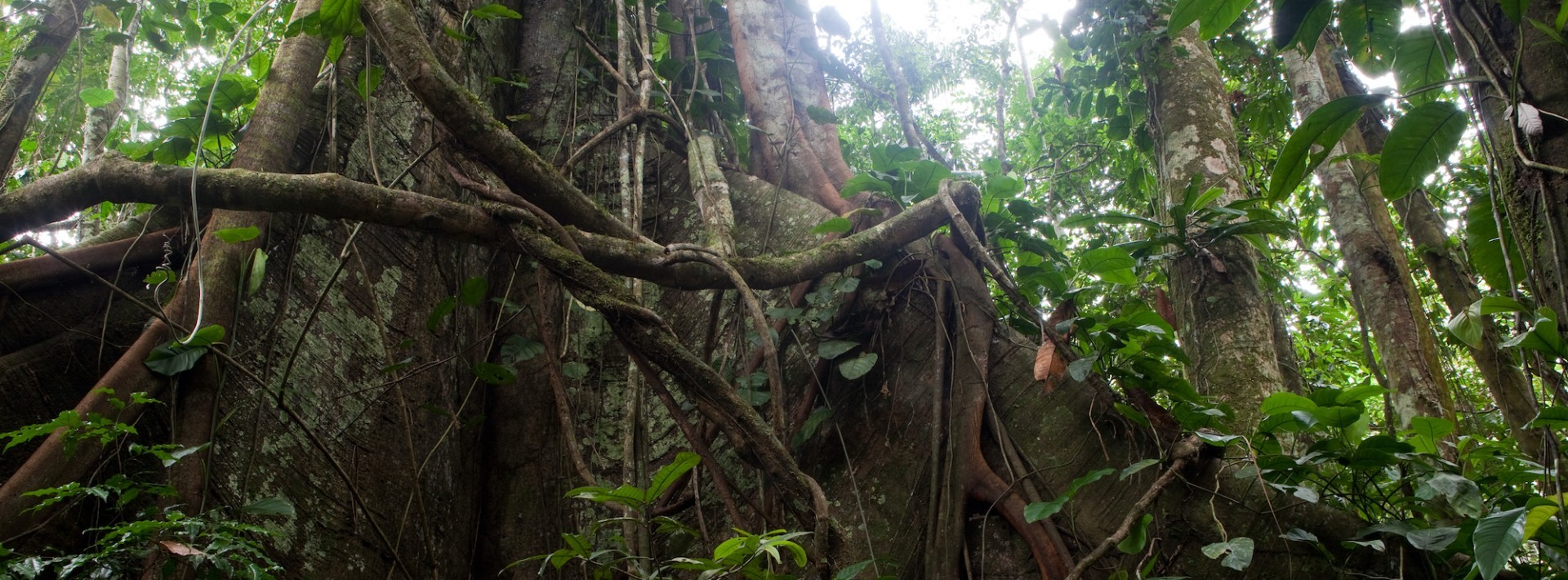
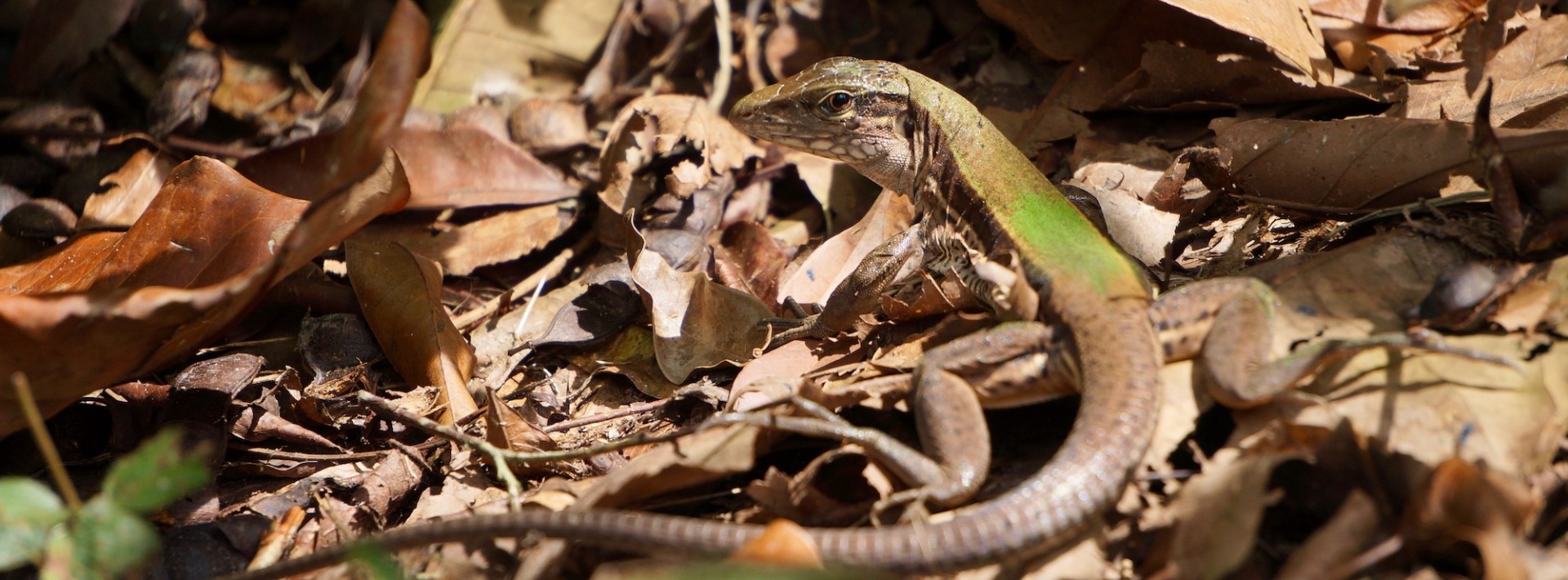

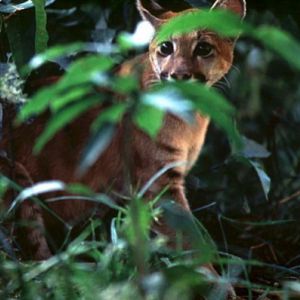
_copy__small.jpg)
_copy__small.jpg)
_copy__small.jpg)
_copy__small.jpg)
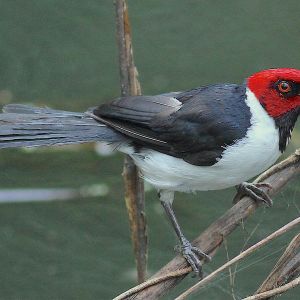
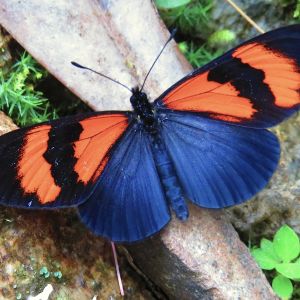
_copy__small.jpg)

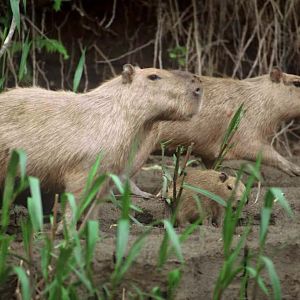
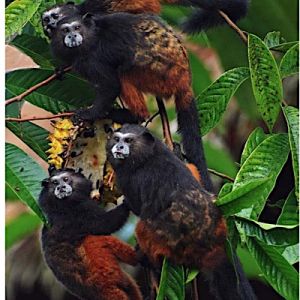
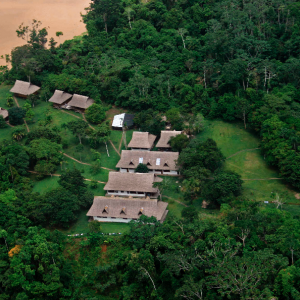
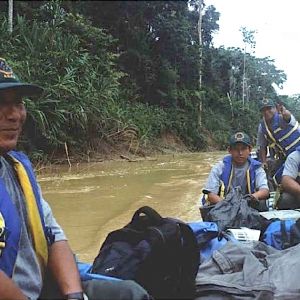
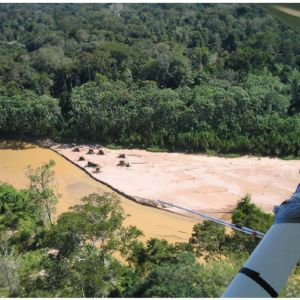
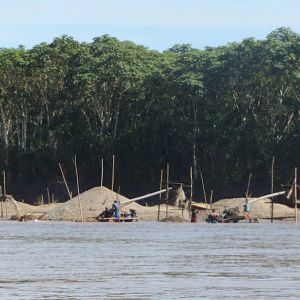
_.jpg)